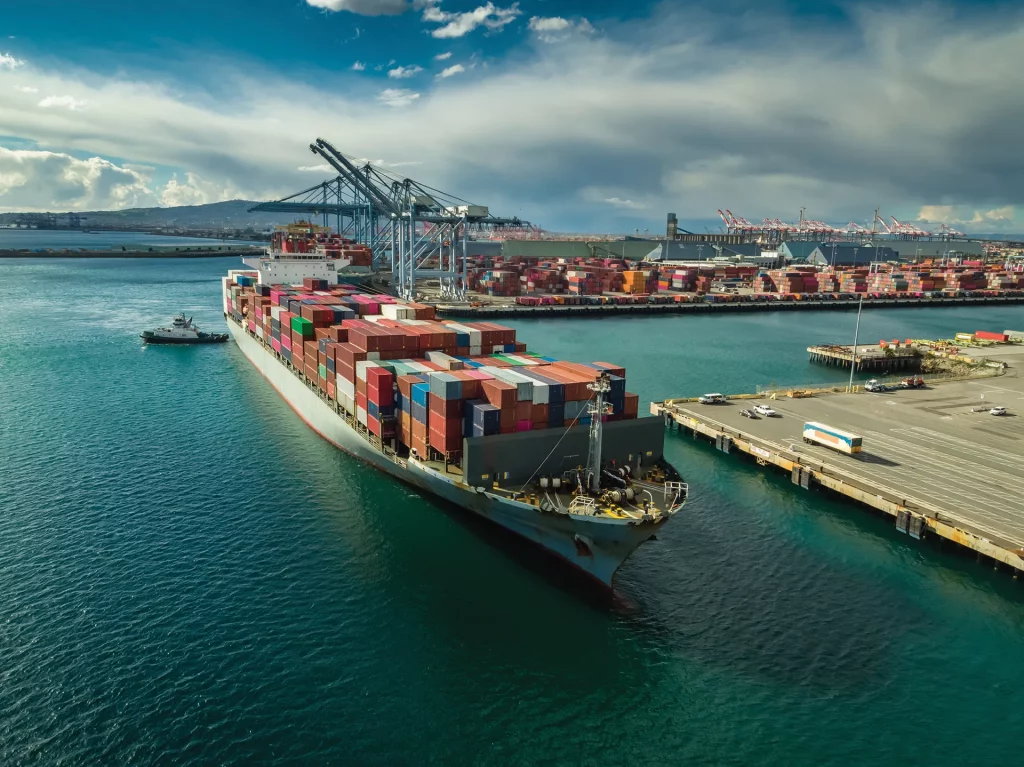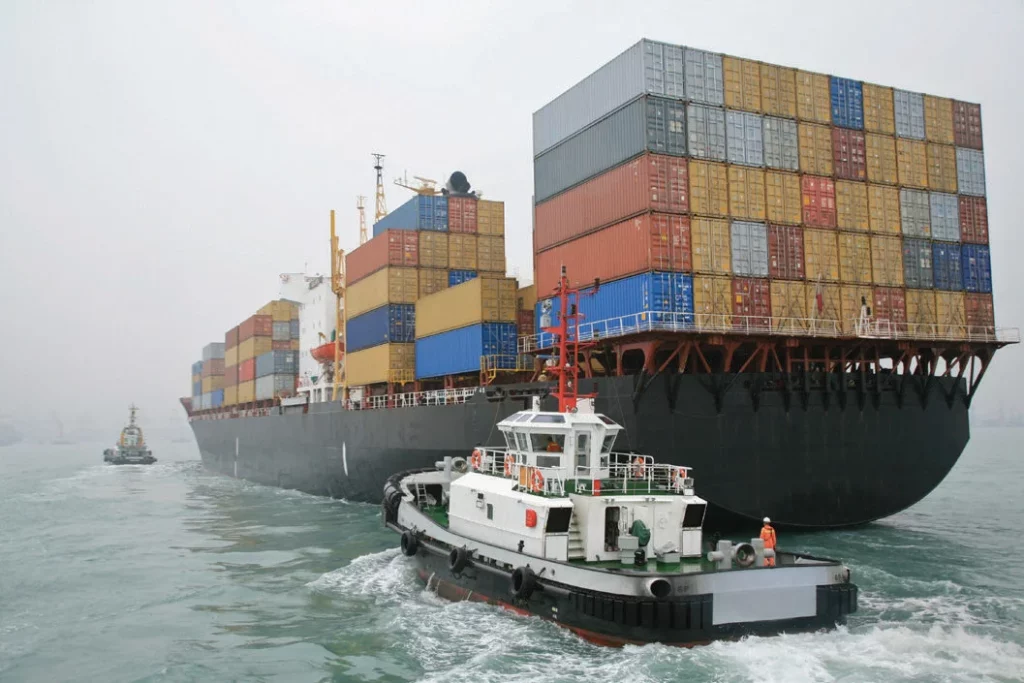Lower shipping rates are bringing relief to retailers struggling with supply chain disruptions. Retailers across the globe are reporting significant cost savings on ocean transport, as lower shipping rates provide a welcome respite to businesses working with supply chain disruptions.
 Retailers use reduced shipping rates to cut costs, boost profits, and decrease consumer prices. This trend is expected to continue as demand for shipping services remains high due to the ongoing pandemic-related disruptions.
Retailers use reduced shipping rates to cut costs, boost profits, and decrease consumer prices. This trend is expected to continue as demand for shipping services remains high due to the ongoing pandemic-related disruptions.
Retailers, especially those in the United States and Europe, have been struggling with supply chain disruptions due to the pandemic, including port closures, container shortages, and a shortage of truck drivers. These disruptions have led to increased shipping costs and delayed shipments, putting a strain on businesses already struggling with reduced consumer demand.
The average price for Asia-to-U.S. container trade has “fallen as dramatically as we’ve ever seen it fall,” said Jon Cargill, senior vice president, and chief financial officer of Hobby Lobby Stores Inc.
However, recent reports suggest that ocean transport costs are declining, providing some much-needed relief to retailers. The cost of shipping a 40-foot container from China to the United States has fallen from around $16,000 earlier this year to around $10,000 in recent weeks. This represents significant cost savings for retailers that rely on ocean transport to move their goods.
Retailers Respond to Lower Shipping Costs
Many retailers are responding to the lower shipping costs by adjusting their shipping strategies, including increasing the number of orders they place with their suppliers to take advantage of the lower rates. Some retailers also take advantage of more flexible shipping options, such as smaller containers, to save money on shipping costs.
“In 2022, it was begging, borrowing or stealing to get a meeting with an ocean freight liner,” said Michael Shaughnessy, senior vice president of operations and supply chain at Christmas tree seller Balsam Brands Inc. “Everyone wanted to talk to us this year.” Mr. Shaughnessy said Balsam Brands expects to sign contracts in the coming weeks at a discount of about 75% compared with last year’s prices and roughly in line with 2019 rates.
Lower shipping costs benefit retailers and consumers, as some retailers pass on cost savings to customers by reducing product prices. This is particularly true for retailers that rely heavily on imported goods, such as furniture, electronics, and apparel.
Spot market rates have crashed more than 90% from pandemic-era highs as shipping demand has declined. The average spot rate to ship a container from Asia to the U.S. West Coast as of Thursday was $1,289, according to Norway-based transportation data specialist Xeneta, about $668 lower than the contract price.
Kaitlyn Glancy, head of North America for digital-focused freight forwarder Flexport Inc., said companies that value the reliability of cargo flow and consistency in pricing are willing to commit a portion of their imports to rates fixed to contracts. But Ms. Glancy said many of Flexport’s customers are still sitting on inventory that cost $20,000 a box to import last year and are willing to play the spot market to boost profits.
 “What we’re hearing more and more is the customer is saying, ‘Look, cost is still king for us,’” Ms. Glancy said.
“What we’re hearing more and more is the customer is saying, ‘Look, cost is still king for us,’” Ms. Glancy said.
The Future of Ocean Transport Costs
Despite the recent cost savings, some experts warn that retailers should stay active, as shipping rates could rise again soon. Factors such as ongoing pandemic-related disruptions, weather-related issues, and political instability could all lead to increased shipping costs in the months ahead.
U.S. container imports in February were down 25% compared with 2022 and 0.3% lower than February 2019, according to Descartes Datamyne, a data analysis group owned by supply-chain software company Descartes Systems Group Inc.
Patrik Berglund, the CEO of Xeneta said some shippers are drawing out talks to the last possible minute, or going beyond traditional deadlines, as spot rates continue to fall and drag down contract rates. Mr. Berglund said many carriers opened negotiations with customers by seeking about $4,000 to ship a container on routes linking the Far East to the U.S. West Coast. The average contract rate to ship a box on those routes as of Thursday was $1,957, according to Xeneta, 71% lower than last year. “And it’s still sliding downwards,” Mr. Berglund said.
Lower ocean transport costs provide a much-needed boost to retailers struggling with supply chain disruptions. However, retailers need to remain vigilant and prepared for the possibility of increased shipping costs in the future, as supply chain disruptions continue to pose a significant challenge for businesses across the globe.